Kenya starts talks on additional financing as IMF officials arrive in Nairobi

Kenya
has begun pushing for additional resources from the International Monetary Fund
(IMF) as a delegation from the Washington DC-based multilateral lender lands in
Nairobi.
An
IMF staff team led by Mary Goodman is currently in Nairobi for its fourth
review of Kenya’s 38-month program with the lender under the Extended Fund
Facility (EFF) and the Extended Credit Facility (ECF).
The
visiting team is expected to reach a staff-level agreement on the multi-year
budget support program before the approval of the agreement at board level
later this year and a fourth tranche disbursement from the Ksh.283.7 billion
($2.34 billion) program.
The
Goodman-led team is expected to meet with key Kenyan authorities including
officials at the National Treasury, the Central Bank of Kenya (CBK) Governor, and the Head of Public Service.
Despite
the existence of the EFF/ECF frameworks, CBK Governor Patrick Njoroge has
pushed for additional resources from the IMF to offset a financing gap
occasioned by Kenya’s lack of access to international capital markets from
untenable interest rates on sovereign debt instruments.
“We
do have a program with the IMF and there was a certain financing need
programmed in. What has happened is that the financing need has increased. We need
to see how that gap can be filled within the program and those are options we
are discussing with the IMF teams,” he said on Tuesday.
The
IMF did not however immediately respond to queries sent by Citizen Digital on
Kenya’s additional options for financing given the current arrangement which
runs to June 1, 2024.
IMF
offers financial support to countries through a variety of tools which include
current lending and stand-by arrangements.
“IMF
lending aims to give countries breathing room to implement adjustment policies
in an orderly manner, which will restore conditions for a stable economy and
sustainable growth,” IMF states on its lending factsheet.
Kenya
has in recent years been a beneficiary of IMF financial support which was
prompted mainly by the impact of the COVID-19 pandemic.
In
May 2020 for instance, Kenya received a Ksh.89.6 billion ($739
million) emergency loan through the institution’s Rapid Credit
Facility (RCF) which was centered on addressing Kenya’s balance of payment
needs.
In
April last year, the IMF board approved the 38-month program which will see the
disbursement of Ksh.283.7 billion ($2.34 billion) over
the term of the program.
So
far the program has facilitated the disbursement of Ksh.146.4 billion ($1.208
billion) as of July this year with the next disbursement set for December this
year.
Additionally,
Kenya earned Ksh.89.4 billion ($737.6) million worth
of new special drawing rights (SDRs) from the IMF in August 2021.
Previously,
Kenya has benefitted from a variety of IMF support programs including the Standby
Arrangement, Standby Credit Facility and the Structural Adjustment Facility
Commitment.
In
April this year, the IMF credited a new lending facility known as the Resilience
and Sustainability Trust (RST) under which Kenya may derive additional
resources from.
Earlier
this month, Rwanda tapped the new facility to shore up government financing.
The
RST offers low-cost loans to developing countries with emergency currency or
SDRs that wealthy countries will contribute.
CBK
Governor Patrick Njoroge had led the calls to advanced economies to donate
their surplus SDRs to developing countries.
While
not a loan or currency, SDRs are usually a claim on free usable currencies
allowing holders to sell the special drawing rights for actual currency.
$1=Ksh.121.23
Want to send us a story? SMS to 25170 or WhatsApp 0743570000 or Submit on Citizen Digital or email wananchi@royalmedia.co.ke
Comments
No comments yet.


Leave a Comment